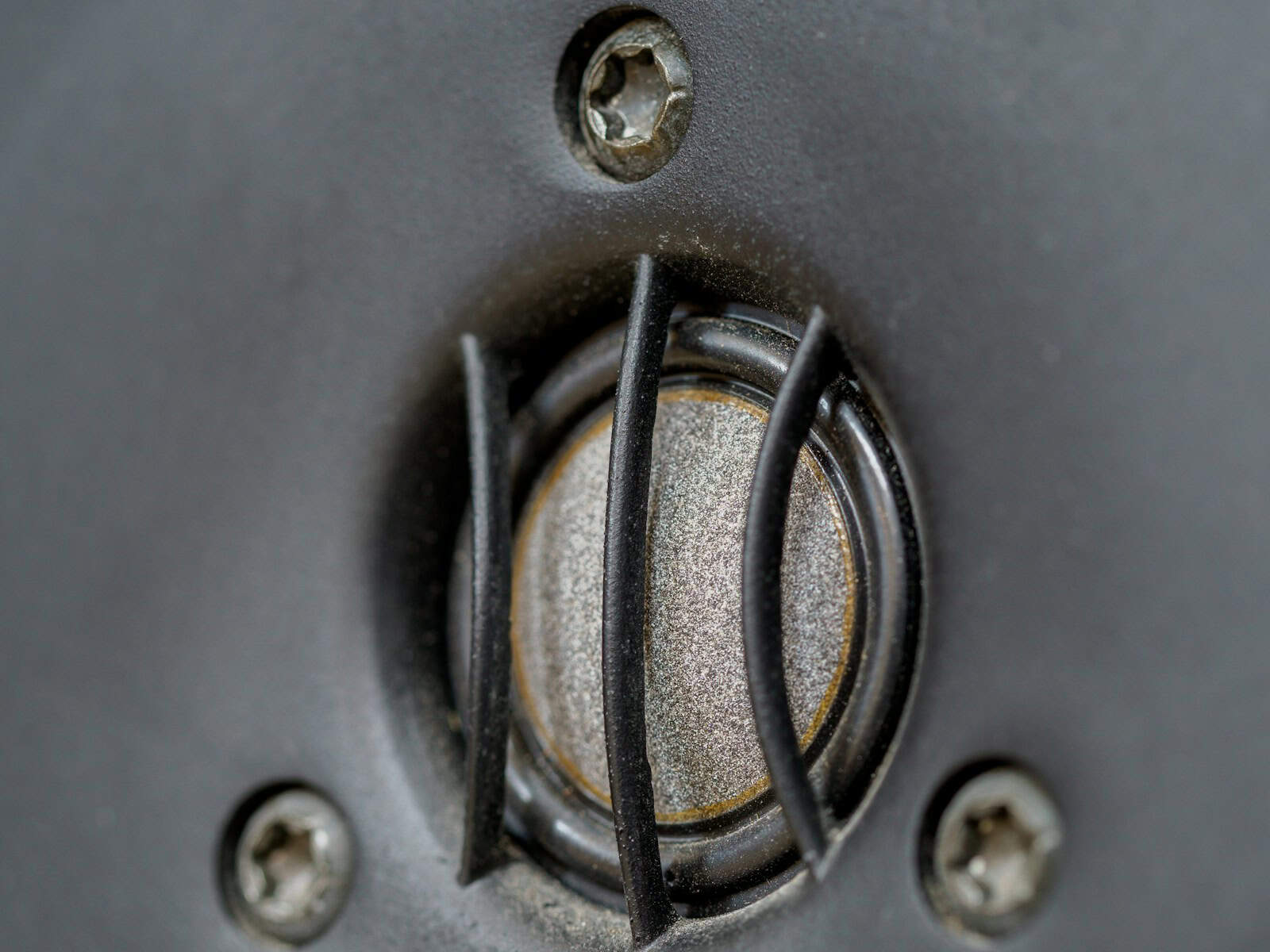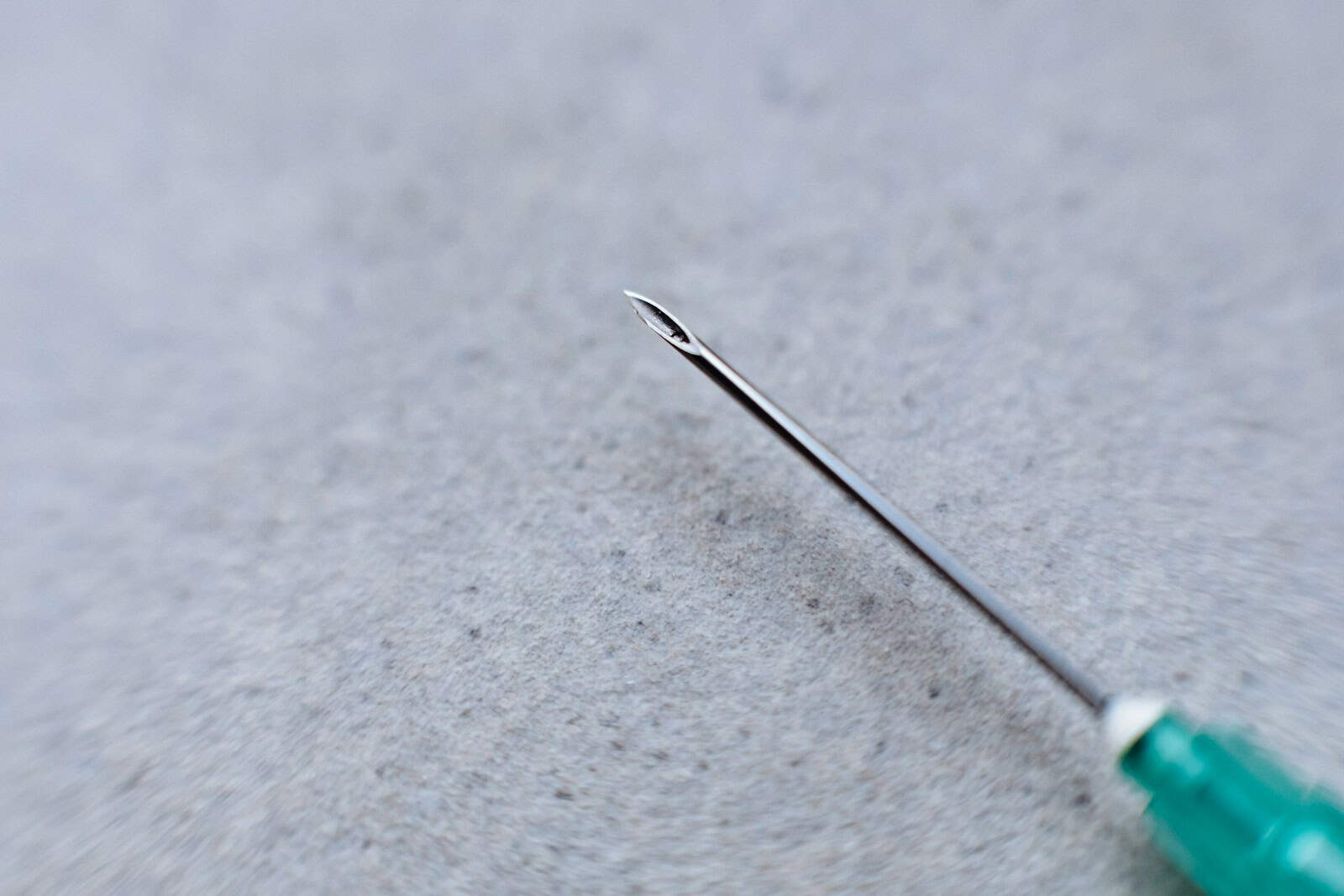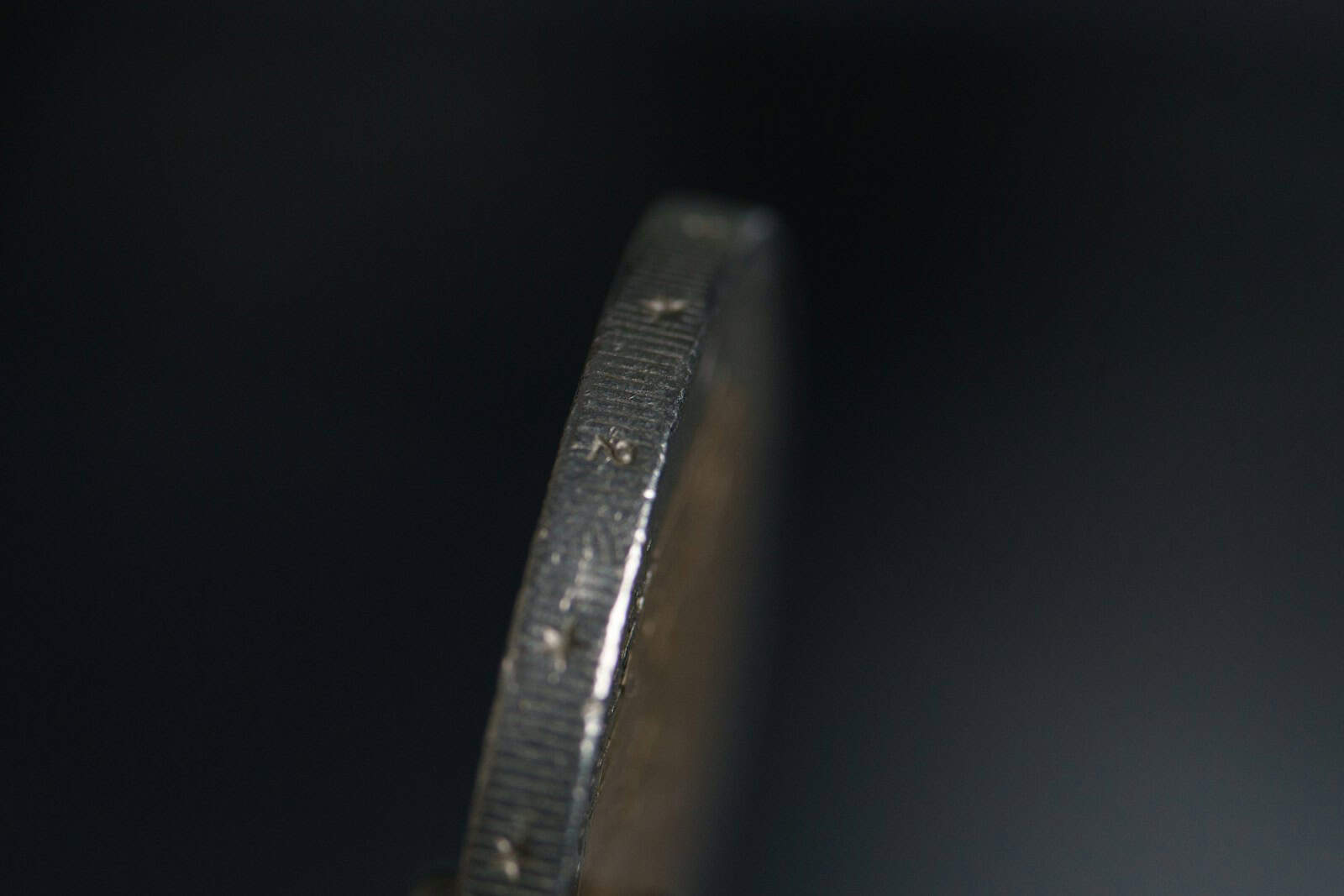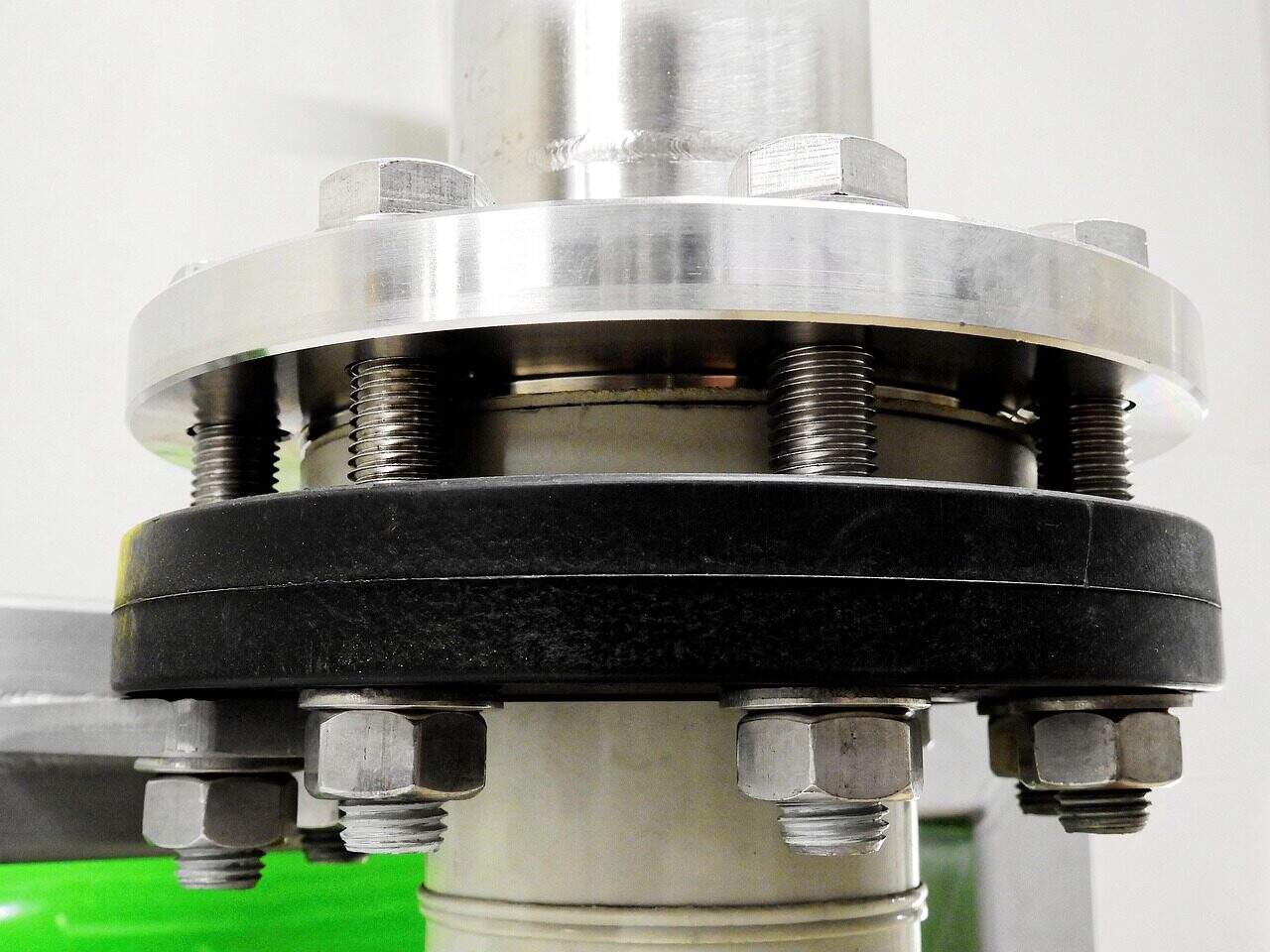The Complete Guide to Flange Screw Connections: Understanding How They Work
Introduction
A flange screw connection is more than just a bunch of parts put together. It’s a carefully designed system that does one main job: create and keep a strong gripping force. This force, called preload, is the hidden power that makes sure joints don’t leak and stay strong against outside forces. While many guides just talk about picking the right parts, this article goes much deeper. We’ll explain how these connections really work, from the basic science of preload and the challenges of using torque, to better ways of tightening, figuring out why things break, and choosing the right materials. Our goal is to help engineers and technicians turn a basic assembly job into something reliable and predictable, making sure the joint stays strong.
How the Joint Really Works
To master the flange screw connection, you first need to understand the science behind it. How the fastener stretches, the torque you apply, and friction all work together to make the assembly succeed or fail. Understanding these basic ideas is essential for designing reliable connections and solving problems in the field.
Preload: The Heart of the Connection
At its core, a screw in a flange connection works like a very precise, very stiff spring. When you tighten the screw, it stretches along its length. This stretching creates a pulling force inside the screw, which is the preload. This internal tension pulls the flanges together, creating the gripping force that holds the joint tight. This gripping force is the heart of the connection.
This force must be strong enough to overcome all outside forces trying to pull things apart, contain pressure inside, and prevent sideways movement that causes loosening. The basic rule of bolted joint design is that the starting preload must always be stronger than the maximum working loads the joint will face. If outside forces ever become stronger than the gripping force, the joint parts will separate, all the load will transfer to the bolt, and the chances of leaking and breaking from repeated stress go way up.
The Problem with Torque and Tension
While preload is what we want, using a wrench to apply a specific torque is the most common way to try to get it. However, the relationship between the torque you put in and the bolt tension you get out is indirect, wasteful, and highly variable. The energy from the torque you apply doesn’t go directly into useful preload. Instead, most of it gets used up fighting friction at different contact points. In a typical, unlubricated steel connection, the energy distribution is surprisingly wasteful:
- About 50% of the input torque fights friction between the turning nut or screw head and the flange surface.
- About 40% fights friction between the male and female threads.
- Only the remaining 10% of the input torque does the useful work of stretching the bolt to create preload.
This relationship is shown by the Nut Factor, or K Factor, in the common equation: T = KDF, where T is torque, K is the nut factor, D is the bolt diameter, and F is the desired preload. The K Factor is a number that represents all the friction variables. For typical unlubricated steel-on-steel fasteners, K can range from 0.18 to 0.25. This wide range shows the main problem: the same torque input can result in very different preload outputs.
Why Friction is Such a Big Problem
Since 90% of torque energy is lost to friction, any change in friction directly affects the final preload. Friction is the main enemy of accurate and repeatable gripping. Things that affect friction include surface smoothness, material hardness, coatings or plating, and how fast you tighten.
In an unlubricated or poorly lubricated assembly, the tightening process can be jerky, with something called “stick-slip.” The surfaces temporarily grab (stick) and then release (slip) as torque is applied, causing the tensioning to happen in uncontrolled jumps. This makes getting a precise preload nearly impossible.
Using the right lubricant is the single best way to manage this variability. A specified lubricant doesn’t necessarily reduce friction (though it often does), but more importantly, it makes the friction coefficient consistent. By creating a steady barrier between touching surfaces, a lubricant narrows the range of the K Factor (for example, to 0.12 to 0.18 for many lubricated assemblies), which dramatically reduces the variation in preload values across a group of bolts tightened to the same torque. This predictability is crucial for the integrity of multi-bolt flange connections.

Understanding the Flange Screw Design
The physical design of the flange screw itself critically determines how well it performs in the connection. Choosing between a serrated or smooth flange isn’t random; it’s a design decision that directly affects the joint’s resistance to vibration, its effect on the mating surface, and how evenly the gripping force is distributed.
Serrated Flange Screws
Serrated flange screws have radial teeth machined into the bottom of the built-in flange. These serrations aren’t random; they’re designed with a specific angle to perform a locking function. During the final phase of tightening, these sharp, hard teeth bite into the surface of the joint material.
The mechanism is simple but effective. The angle of the serrations allows for relatively easy rotation when tightening. However, they create significant mechanical resistance to counter-rotation or loosening. This creates a “ratcheting” or locking effect that works very well against the sideways forces that cause loosening from vibration.
They work best in high-vibration environments, such as on engine blocks, machinery mounts, and structural frames where keeping the gripping force under constant shaking is the main concern. However, using them comes with important considerations. The locking action naturally damages the mating surface, which can be unacceptable on painted, coated, or soft material surfaces like aluminum. This surface damage can also make achieving a precise preload more difficult due to unpredictable friction from the serrations digging in. Furthermore, they can’t be reused as much, since the sharp edges of the serrations can wear down with each use, reducing how well they lock.
Smooth Flange Screws
A smooth, or non-serrated, flange screw has a flat, uninterrupted bearing surface under the head. Its design purpose is fundamentally different from its serrated counterpart. Instead of providing a locking feature, the smooth flange is designed to spread the gripping force over the largest possible area.
This wide, even distribution of force is critical in many applications. It minimizes stress concentration on the joint surface, which is vital for protecting sensitive or soft materials from damage. Its primary use is in gasketed joints, such as those found in piping systems, pressure vessels, and fluid power. Even and consistent pressure across the entire gasket face is essential for creating and maintaining a seal. A smooth flange screw ensures this uniform compression, preventing localized crushing of the gasket which can lead to leak paths.
Because they lack a mechanical locking feature, smooth flange screws rely entirely on sufficient preload and the natural friction in the threads to resist loosening. In applications with even moderate vibration, they may require additional locking features, such as chemical threadlockers, lock washers, or safety wire, to ensure long-term joint integrity.
Comparing the Designs
Choosing between a serrated and smooth flange screw is a trade-off between vibration resistance and gripping force distribution. The decision must be based on the primary requirement of the specific joint. The following table provides a direct comparison of their performance characteristics to help with this selection.
Table 1: Serrated vs. Smooth Flange Screw Performance Characteristics
| Feature | Serrated Flange Screw | Smooth Flange Screw |
| Primary Function | Vibration Resistance (Locking) | Even Clamping Force Distribution |
| Vibration Loosening | Excellent Resistance | Poor to Fair Resistance (Requires high preload) |
| Surface Impact | Mars/Indents Mating Surface | Minimal Surface Impact |
| Ideal Applications | Engines, vibrating machinery, structural frames | Gasketed joints, pipe flanges, precision equipment |
| Reusability | Limited (Serrations can wear down) | High (If not yielded) |
| Preload Scatter | Can be higher due to friction from serrations | Lower and more predictable with lubrication |
Advanced Ways to Control Preload
Getting a reliable bolted joint requires moving beyond just relying on torque values. A specified torque is just a starting point—an indirect way to try to reach the true goal of accurate preload. For critical applications, engineers must use more sophisticated strategies to control bolt tension and ensure the safety and reliability of the connection.
Going Beyond Torque Specification
When a group of bolts in a flange are tightened to the same torque specification, the resulting preload in each bolt will not be the same. This variation is known as preload scatter. Due to unavoidable differences in friction from bolt to bolt, a torque-only tightening strategy can easily result in a preload scatter of ±30% or more. In a multi-bolt flange, this is a significant problem. Some bolts may be dangerously over-tensioned and at risk of permanent deformation, while others may be under-tensioned, leaving them vulnerable to breaking from repeated stress and creating potential leak paths. The primary goal of advanced tightening strategies is to minimize this preload scatter and ensure uniform, predictable gripping force across the entire joint.
Precision Clamping Strategies
To overcome the limitations of the torque-tension relationship, several advanced methods have been developed. These strategies seek to control or bypass the variable of friction to achieve a more direct correlation with bolt stretching and preload.
- Torque-Angle Method: This is one of the most effective and widely used strategies for precision clamping. The process involves two stages. First, the bolt is tightened to a low, specified “snug” torque. This initial torque is just enough to bring all joint surfaces into full contact, eliminating gaps. From this consistent starting point, a precise angle of additional rotation is applied to the nut or screw head. The principle is that once the joint is snug, the relationship between the angle of turn and the bolt’s stretching becomes highly linear and predictable, as it is primarily a function of the thread pitch. This method largely bypasses the effects of friction during the critical tensioning phase, dramatically reducing preload scatter to as low as ±10%.
- Yield Point Tightening: Also known as torque-to-yield, this method is designed to use the maximum possible gripping force from a given bolt. The process involves tightening the fastener with specialized equipment that monitors the relationship between torque and angle. As the bolt is tightened, it first stretches elastically. The yield point is detected when the angle of rotation begins to increase without a proportional increase in torque, indicating the material has entered its plastic region. The bolt is tightened just past this point. This provides the highest possible preload and makes the joint extremely resistant to loosening. However, it comes with a critical warning: the bolt has been permanently stretched and has undergone plastic deformation. Torque-to-yield fasteners are considered single-use components and must never be reused.
- Direct Tension Measurement: For the most critical applications, direct measurement of bolt tension provides the highest level of accuracy, effectively eliminating guesswork. Methods include:
- Direct Tension Indicators (DTIs): These are specialized washers with small bumps that compress as the bolt is tensioned. The technician tightens the bolt until a feeler gauge can no longer be inserted into the gap, indicating that the required minimum preload has been achieved.
- Ultrasonic Measurement: This is the gold standard for preload verification. From our experience in the field, using an ultrasonic extensometer is a game-changer for critical joints. The process involves placing a small sensor on the head of the bolt and taking a baseline measurement of its length before tightening. As the technician applies torque, the device sends ultrasonic pulses through the bolt and measures the time of flight, calculating the change in length in real-time. This change in length, or stretching, has a direct, calculable relationship to preload. This allows us to hit a target preload—for example, 75% of the bolt’s proof load—with an accuracy of ±5% or better, a level of precision that is impossible with a simple torque wrench.
ストレス、ひずみ、故障
A flange screw connection is a dynamic system under constant stress. Understanding how these stresses are distributed and what can cause them to exceed the system’s limits is fundamental to designing for durability and diagnosing failures. A proactive approach to failure analysis allows engineers to prevent issues before they occur.
The Joint Diagram (VDI 2230)
To visualize the forces at play within a bolted joint, engineers often refer to the joint diagram, a concept thoroughly detailed in standards like VDI 2230. This diagram is a graph that plots force versus deformation for both the bolt and the clamped flange components. The bolt is represented by a relatively shallow slope (less stiff), while the clamped members, being typically shorter and more massive, are represented by a much steeper slope (more stiff).
When an external pulling load is applied to the preloaded joint, the diagram visually shows how this load is shared. A key principle revealed by this analysis is the importance of joint stiffness. In a well-designed joint where the clamped components are significantly stiffer than the bolt, the majority of any external cyclic load is absorbed by the decompression of the flange members, not by an increase in bolt tension. This protects the bolt from the large stress changes that lead to fatigue failure. The VDI 2230 standard provides the systematic calculation methods for analyzing these interactions and ensuring a high-duty bolted joint is designed for optimal performance and safety.
Common Failure Modes
Understanding why flange screw connections fail is the first step toward prevention. Failures are rarely random events; they are typically the result of design flaws, incorrect assembly procedures, or a mismatch between materials and the operating environment. The following table serves as a quick-reference guide for engineers and technicians to identify and prevent the most common failure modes.
Table 2: Common Failure Modes in Flange Screw Connections
| Failure Mode | Primary Cause(s) | Key Indicators | Prevention Strategy |
| Bolt Fatigue | Insufficient preload; cyclic external loads | Bolt fracture, often below the head or at the first engaged thread. Fracture surface shows “beach marks.” | Ensure preload is high enough to prevent joint separation under load; use correct tightening procedure (e.g., torque-angle); use flange screws with large fillet radii under the head. |
| Vibration Loosening | Low preload; transverse or shear vibration | Loss of clamping force over time; visible joint movement; leaking; rattling noises. | Use serrated flange screws for mechanical locking; increase preload to the maximum safe level; use chemical threadlockers; design the joint to minimize transverse movement. |
| Gasket Crushing / Leakage | Excessive or uneven preload; incorrect gasket material | Damaged/extruded gasket; visible fluid/gas leakage from the flange interface. | Use a smooth flange screw for even load distribution; follow a star/cross pattern for tightening; select the correct gasket type and thickness for the pressure, temperature, and media. |
| Thread Stripping | Over-tightening; insufficient thread engagement; use of dissimilar/soft materials | Inability to reach target torque (bolt keeps turning); stripped threads on screw or in nut/hole. | Ensure a minimum thread engagement length of 1 to 1.5 times the bolt diameter in steel; use proper lubrication to prevent galling; do not exceed material yield strength. |
| Stress Corrosion Cracking | Susceptible material + corrosive environment + tensile stress | Brittle-like cracks appearing on the bolt, often after time in service, without obvious signs of overload. | Proper material selection is critical (see next section); apply protective coatings; use lower-strength bolt grades where feasible to reduce susceptibility; control the environment if possible. |
Material and Environmental Impact
The long-term integrity and safety of a flange screw connection critically depend on choosing the right materials and making sure they’re suitable for the operating environment. A fastener that works perfectly in a dry, temperature-controlled room may fail catastrophically when exposed to high temperatures, corrosive chemicals, or extremely cold conditions. A thorough analysis of environmental factors is not optional; it is a core part of responsible joint design.
 Matching Bolt Grade to Strength
Matching Bolt Grade to Strength
Flange screws are available in various strength grades, commonly defined by standards like ISO 898-1 (e.g., Property Class 8.8, 10.9, 12.9) or SAE J429 (e.g., Grade 5, 8). These grades indicate the material’s mechanical properties, specifically its tensile strength and yield strength. A higher-grade bolt, like a Class 12.9, has higher tensile strength, which allows it to be tensioned to a greater preload, creating a stronger joint with higher gripping force.
However, the solution is not always to “use the strongest bolt.” Higher-strength steels (typically Class 10.9 and above) can be more susceptible to hydrogen embrittlement, a failure mechanism where absorbed hydrogen can cause a brittle fracture under tensile load, especially in the presence of certain coatings or corrosive environments. The key engineering principle is to select a bolt grade whose strength appropriately matches the design requirements of the joint. Over-specifying strength can introduce unnecessary risk and cost.
The Influence of Temperature
Temperature extremes have a profound effect on the mechanical properties of fastener materials.
- High Temperature: As temperatures rise, metals begin to lose their strength and stiffness. More critically, they can experience a phenomenon called relaxation or creep, where the bolt slowly stretches under constant stress over time, leading to a gradual but permanent loss of preload. For applications above approximately 250°C (480°F), standard carbon and alloy steels are often inadequate. Materials like chromium-molybdenum alloy steels (e.g., ASTM A193 Grade B7 or B16) or nickel-based superalloys are required to maintain gripping force.
- Low Temperature (Cryogenic): As temperatures drop, many common carbon and alloy steels undergo a ductile-to-brittle transition. They lose their toughness and can fracture in a brittle manner under impact or shock loads. For extremely cold applications, materials that retain their toughness at low temperatures are essential. These include austenitic stainless steels (e.g., 304 and 316 series) and certain nickel alloys.

Corrosion: The Silent Threat
Corrosion is a primary cause of in-service fastener failure. It can appear in several forms, each requiring a different prevention strategy. General corrosion (rust) is the most common, but more dangerous forms like galvanic corrosion (when different metals are in contact in an electrolyte) and stress corrosion cracking (SCC) pose greater risks. Proper material and coating selection is the first line of defense. The following table provides a practical guide for selecting flange screw materials and coatings for common industrial environments.
Table 3: Guide to Flange Screw Material/Coating for Various Environments
| Environment | Key Challenge | Recommended Material(s) | Recommended Coating(s) |
| General Indoor/Dry | Minimal corrosion risk | Carbon Steel (e.g., Class 8.8, 10.9) | Zinc Plating, Phosphate & Oil |
| Outdoor / High Humidity | General Corrosion (Rust) | Carbon Steel, 304 Stainless Steel | Hot-Dip Galvanizing (HDG), Zinc-Flake (e.g., Geomet, Dacromet) |
| Marine / Salt Spray | Aggressive Chloride Corrosion | 316 Stainless Steel, Duplex Stainless Steel, Silicon Bronze | N/A (rely on base material’s inherent resistance) |
| Chemical Plant | Specific Chemical Attack | Stainless Steel (316/317L), Nickel Alloys (e.g., Inconel, Hastelloy), Titanium | Fluoropolymer (e.g., PTFE/Teflon) for added barrier protection |
| High Temperature (>400°C) | Relaxation, Oxidation, High-Temp Corrosion | Alloy Steels (e.g., A193 B16), Nickel Alloys (e.g., Inconel 718) | Ceramic-based coatings, Silver plating (as an anti-seize) |
Conclusion: A Complete System Approach
A reliable flange screw connection is not achieved by focusing on a single component, but by understanding and controlling the entire engineered system. Its success is the result of a complete approach that combines a deep understanding of mechanical physics, precise assembly procedures, correct component selection, and smart material science. A simple torque specification is insufficient; true joint integrity demands a more rigorous methodology.
We must remember the three most important takeaways from this analysis:
- Achieving an accurate and sufficient preload is the most important objective, as this gripping force is what guarantees the joint’s performance.
- The physical design of the flange screw must be deliberately matched to the application’s primary demand, whether it be vibration resistance or uniform load distribution.
- The connection is a complete system that must be engineered to account for operational stresses, material compatibility, and the long-term effects of the environment.
By adopting this complete system approach, we elevate a common assembly task into a predictable, reliable, and safe engineering outcome, ensuring the integrity of the connection throughout its service life.
- Fastener Standards and Engineering – ASTM International https://www.astm.org/
- Bolted Joint Design – VDI (Verein Deutscher Ingenieure) https://www.vdi.de/
- Mechanical Fasteners – Wikipedia https://en.wikipedia.org/wiki/Bolted_joint
- Fastener and Bolt Standards – ISO https://www.iso.org/
- Mechanical Engineering Standards – ASME https://www.asme.org/
- Industrial Fastener Institute https://www.industrial-fasteners.org/
- Fastener Technology – ScienceDirect https://www.sciencedirect.com/topics/engineering/bolted-joint
- Manufacturing and Fastening Systems – SME https://www.sme.org/
- Industrial Fasteners and Components – Thomasnet https://www.thomasnet.com/
- Mechanical Engineering Education – MIT OpenCourseWare https://ocw.mit.edu/


 Matching Bolt Grade to Strength
Matching Bolt Grade to Strength



